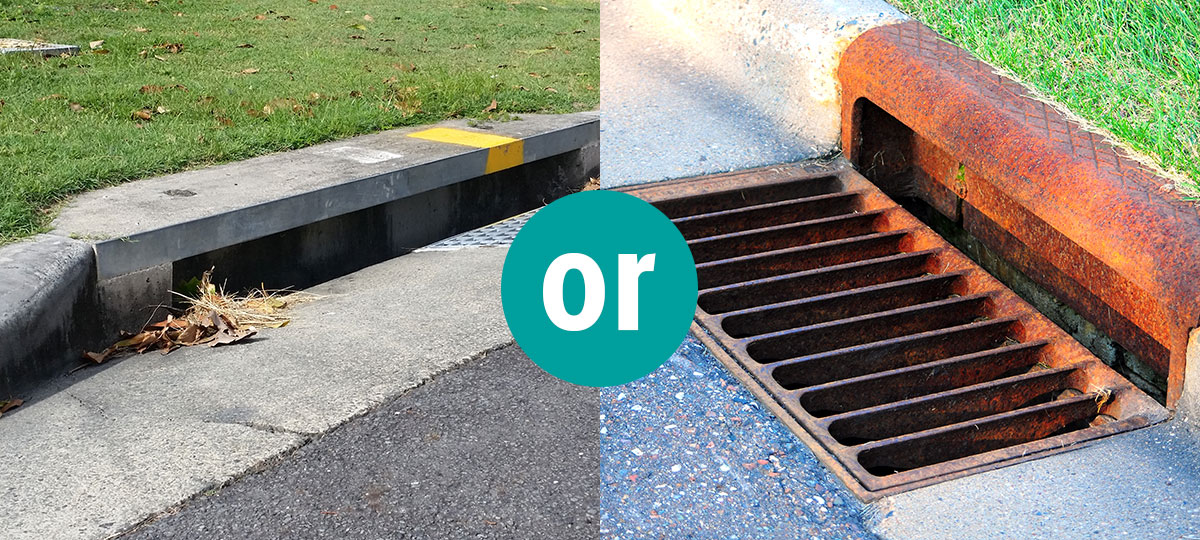Business
Sewer and Storm Drain: know the difference

Many people are not aware of or not sure that there is a difference between sewer and stormwater systems. However, the difference exists, and the separation of these two systems is more important than most of us can guess. Today, emergency septic service South Miami professionals will discuss the subject of sewer and stormwater drainage and explain their differences.
Stormwater drainage system
Both sewer and stormwater systems are constructed to transport water out of the property. The major difference between these two systems is in the type of water that runs through them. Stormwater drainage system functions by transferring rain and melted snow water that would normally, without this system, run freely on a surface.
Unlike a sanitary system that is placed inside the building, a stormwater drainage system is located outside.
Stormwater considers water on a surface that flows after rain and shows melting. Stormwater occurs on roofs, streets, and footpaths and will enter the street gutters. This means that the stormwater system drains the excess water from rain and groundwater. The excess water when gets into gutters is flowing into underground pipes or open ditches. Further, this water runs off into local streams or other water bodies like rivers. Stormwater is untreated water so it is considered safe to be drained into a natural environment such as rivers or sea. This water is also considered environmentally safe as shouldn’t contain or carry any hazardous or chemical substances or waste.
As rain and surface water are considered uncontaminated, they are safe to be discharged into the ground through soakaways or into the watercourse.
A storm drain is built of gutters, downpipes, pits, and drains which carry stormwater into local water catchments.
Street gutters are often located in curbs and outdoor areas with low laying.
Governing the stormwater drainage system is in charge of the local government and council.
Important things to consider for storm drainage system:
- As a stormwater drain contains uncontaminated water, it is important not to pour into the storm drain system any chemicals when attempting to relieve blockages. Chemicals will contaminate stormwater that should be clear as it gets disposed into the natural watercourse without treatment.
- Stormwater drains should be maintained clean from leaves, branches, and other debris
Sewer system
A sewer system is built to carry wastewater from our bathrooms, kitchens, laundry, sinks, and other sanitary drains and plumping modules. The wastewater is getting into the sewer system where it is filtered and treated. After wastewater gets into waste treatment plants where it’s treated it gets discharged into waterways. As sewer water is contaminated with chemicals and contains waste, it needs to undergo a refinement process with various filters and treatments until is considered safe to be delivered into the environment.
A sewer system is mostly located inside houses, buildings, and other places with sanitary water flow.
A sewer system is constructed of inspection openings, sewer pipes, trap water seals, drains, disconnector traps, and other plumbing elements.
While most of today’s sewer and stormwater systems are separated, some old properties have a combined drainage system. This means that both sanitary and stormwater are carried together out of the property into further water treatment. New properties and communities have these systems separated which reduces the burden of water treatment. Additionally, the advantage of separated systems is the ability to deliver uncontaminated water into the environment while sewer water proceeds to further treatment.
If foul water would be discharged with stormwater directly into the environment, it will pollute and contaminate watercourses.
For the reason of health hazards, it’s important to prevent contaminating stormwater streams. As stormwater enters our natural water courses, the purity of stormwater directly affects the quality of the water we consume.
Sewer systems can vary by their composition depending on the type of building they should serve. For example, unlike homes, hospitals operate with chemicals or film development stores with silver, and their sewer systems usually include additional elements that house sewer systems don`t accommodate. These systems might consider various effluents, grease traps, diluting systems, special pipe materials, and particular effluent systems that use particular bacteria and enzymes for breaking down the waste substances.
Important things to consider for storm drainage system:
- If you notice any leakage or pipes bursting in a sewer drainage system contact a plumber to avoid further damage that can cost significantly and might require severe reparation that could include garden excavation or even digging the driveway.
- Maintain inside house drains to avoid clogging. This will ensure the flow of your sanitary water and prevent flooding.
Final Thoughts
Now, that we know the difference we know the importance of separating sewer from storm drain systems. Both systems are designed for particular commodities and should be maintained to ensure their functionality.
Kenneth is a proud native of sydney, born and raised there. However, he pursued his education abroad and studied in Australia. Kenneth has worked as a journalist for almost a decade, making valuable contributions to prominent publications such as Yahoo News and The Verge. Currently, he serves as a journalist for The Hear Up, where he focuses on covering climate and science news. You can reach Kenneth at [email protected].










